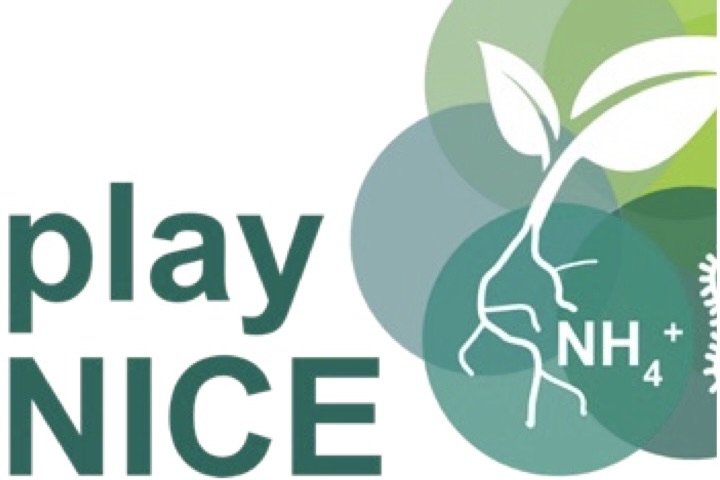Dr. Petra Pjevac
Sequencing-based methods are currently the most widely applied techniques in microbiome research, both in clinical and environmental studies. As a staff scientist in the Joint Microbiome Facility, Petra supports researchers in all steps of sequencing-based microbiome analysis, from study design and data generation to analysis and interpretation of results. In her own research, she investigates factors that shape microbial communities and drive niche differentiation between microorganisms. Besides sequencing-based approaches, she uses physiological experiments and biogeochemical data to address these questions. Petra is particularly interested in chemolithoautotrophic microorganisms in complex environments like soils and sediments – mainly those involved in nitrogen, sulfur and metal cycling.



